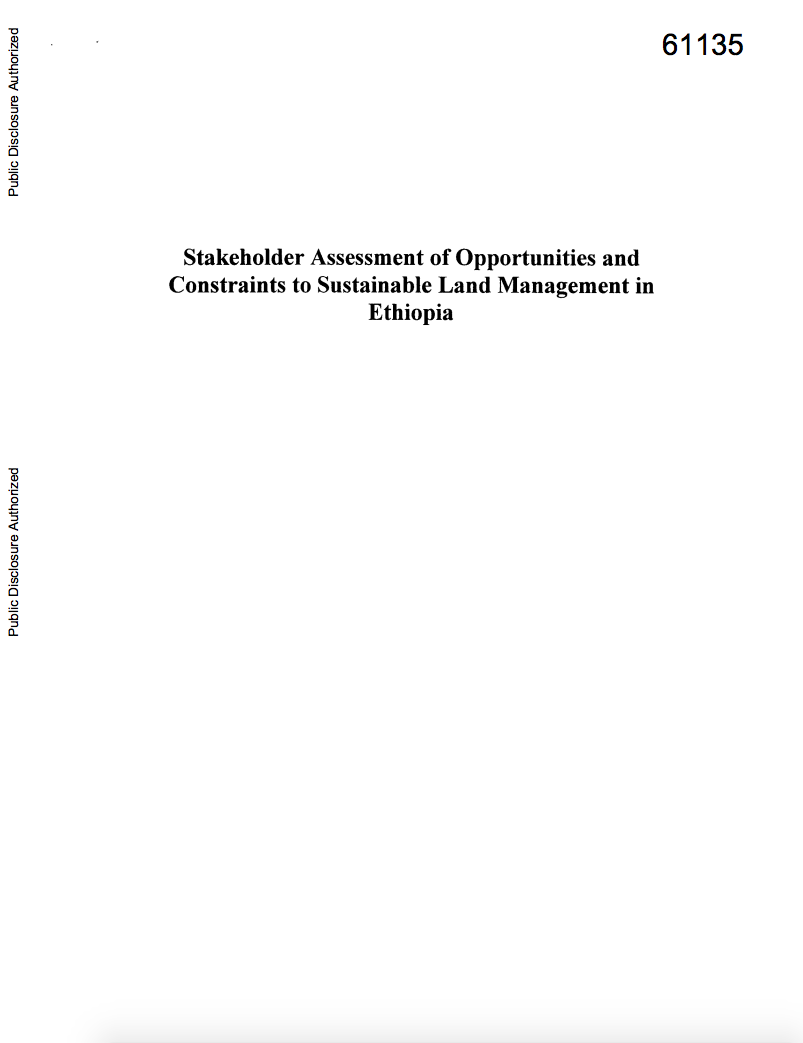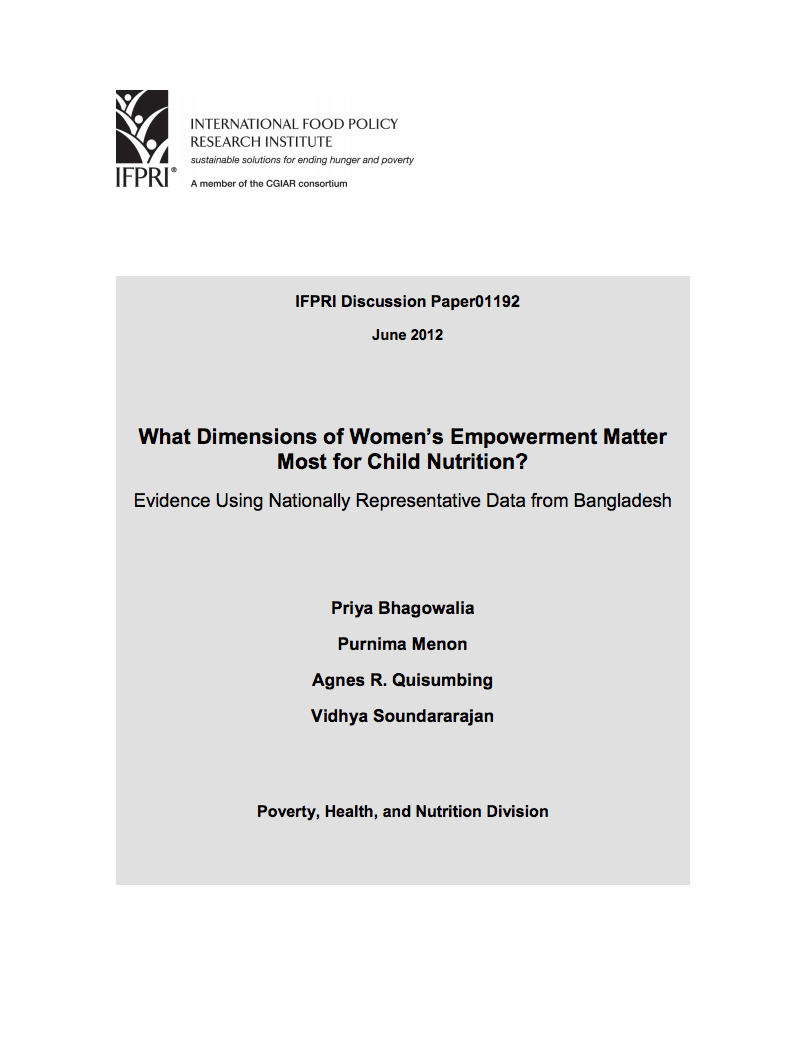Implementation Guidelines for Poverty and Environment Work in Southwest China
This report is a summary of research work coordinated by the World Wildlife Fund (WWF) China in 2003-2005, to prepare Implementation Guidelines for Poverty and Environment Work (IGPEW) in China. This report describes the research in two provinces, Yunnan and Sichuan, relating to the government's on-going Village-Based Integrated Poverty Reduction Plan for Poorer Western Regions.





